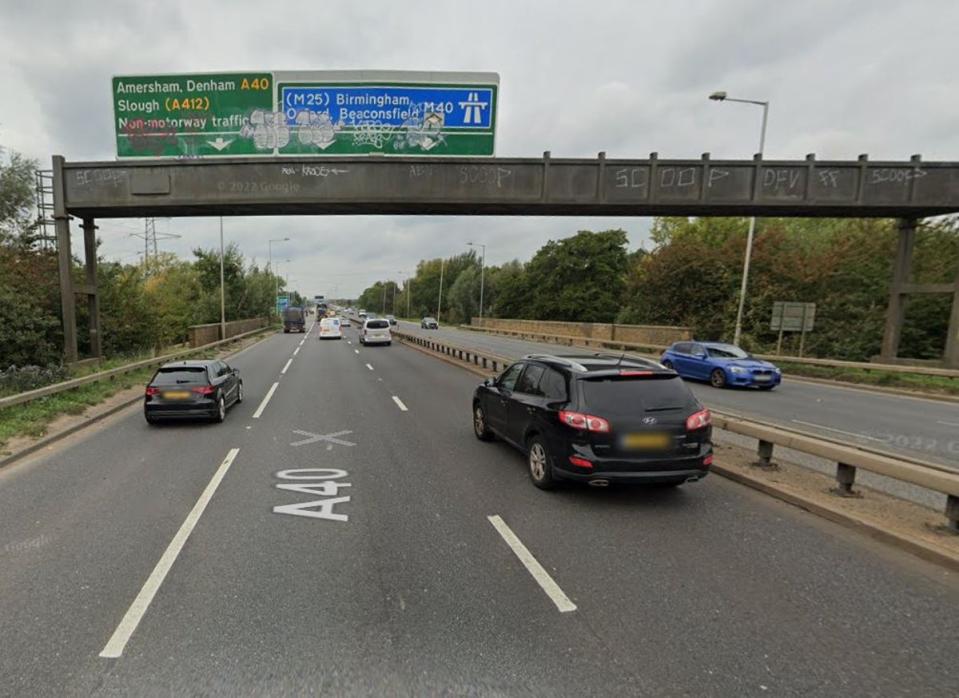Whatever you think of the morals of billions of pounds of Malaysian money pandering to the global super-rich, the best cities are dynamic, constantly reinventing themselves, re-purposing buildings rather than demolishing them, while breathing new life into previously unloved areas.
I remember when Covent Garden was the latest place to visit in London in the 1970s and I was living in the Big Smoke when another repurposed coal-fired power station – Tate Modern – opened in 2000. Its cavernous turbine hall wowed crowds, especially during one art installation, The Weather Project, by Olafur Eliasson: a vast orange sun. The former Bankside power station, also designed by Scott, had become a temple to modern art; arguably more edifying than shopping. London’s industrial heritage is still being repurposed. Canal-side Coal Drops Yard and the former gas-holders converted to flats in Kings Cross are more fine examples.
Reinvention and makeovers are not new of course. Battersea’s oldest part is around its Thames-side church, Grade I listed St Mary’s, rebuilt in the 18th century. It is a 40-minute walk from the power station westwards past Battersea Dogs and Cats Home and through Battersea Park along the Thames Path. I walked there for a break from the power station buzz but found the church locked. A houseboat looked as if it may have been there for centuries, its owners piling flotsam and jetsam onto its roof. In nearby Battersea Square, cafe tables colonised flagstones beside flower planters, overlooked by modest Georgian houses.
In the 17th and 18th centuries, Battersea was the market garden of London. Fertile soils – drained marshland – yielded harvests of fruits and vegetables, including melons and carrots. The area was especially famed for asparagus, known as ‘Battersea bundles’. Produce was sent downriver by boat to London. Manure – horse dung and night-soil (human excrement) – was brought back from the city. Things have come full circle in a way. The new Covent Garden wholesale fruit and vegetable market in Nine Elms, is within sight of Battersea Power Station underground station and Cringle Dock waste transfer centre, to the east of the power station, offers a malodorous tang similar to the “ever present whiff of manure” that bothered some residents in the 17th century.
Despite the whiffs – of filthy lucre and rotting rubbish – will Battersea Power Station divert crowds from better-known tourist hotspots? I hope so. Westminster Abbey area – location of my well-designed, good-value hotel – was rammed. It was tricky to negotiate pavements past selfie sticks. Westminster Bridge, with its backdrop of the Houses of Parliament and scaffold-free Elizabeth Tower resplendent after renovation, seems to be the location of choice for You-Tubers to be videoed, pouting and spouting. There was even one meditating in the lotus position. Another, dressed in bowler hat and gold chain, while holding a bottle of Bolly, talked of fossil fuel subsidies. Perhaps they’ll soon relocate to the newest spot in town, especially once the glass viewing lift to the top of the northwest chimney opens before the end of the year.
Essentials
Paul Miles stayed at Hub Westminster. Rooms from £109 per night. Battersea Power station is a 20-minute river bus ride from Westminster or an hour’s riverside walk. There are other hotels closer such as Pestana, Chelsea Bridge . On site, Radisson’s Art’otel is due to open by the end of the year.
Do you think Battersea Power Station will lure tourists to this unloved corner of London? Please let us know in the comments below
https://www.telegraph.co.uk/travel/destinations/europe/united-kingdom/england/london/south-west-london/battersea/will-reimagined-battersea-power-station-lure-tourists-unloved/





